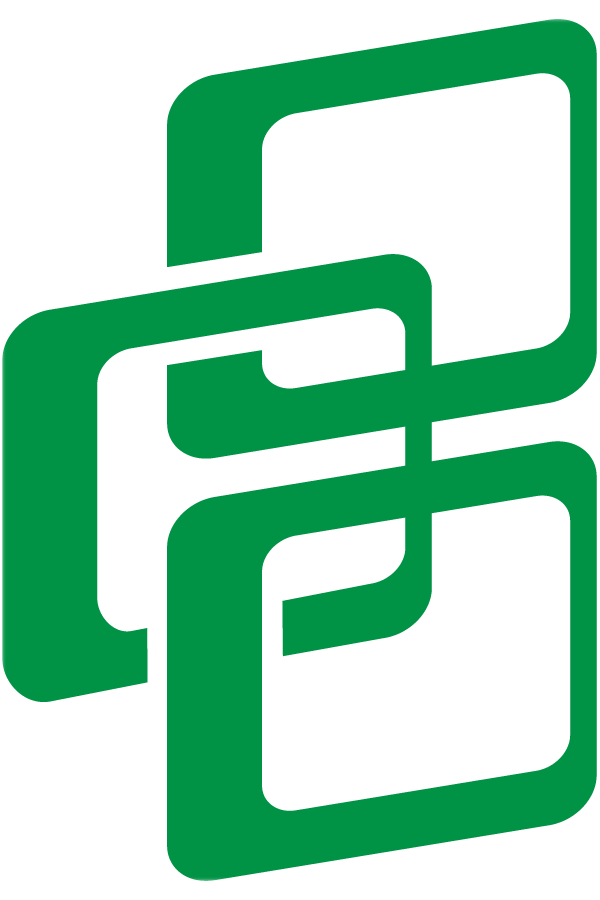Supply or Demand: Who’s to Blame?
For years, supply chain professionals have lived in the shadows, quietly planning and fulfilling demand, filling shelves from Los Angles, California to Greenville, North Carolina with everything from razors to charcoal. While the work has always been there, the general public has largely assumed the system always worked and therefore always will work. And for the most part, they’ve been right.
However, those times of quietly ensuring on-time delivery of good all across the globe seem to be over. Hyperbolic media coverage has brought the supply chain profession front and center of conversation to where even small town farmers can be found discussing how to resolve the current constraints facing the Port of Los Angeles.
While there certainly are abnormal constraints on global logistics (i.e. labor shortages), the solutions brought forward often miss the real issue; increased demand. Many industries saw unexpected increased demand in 2021- for example:
Consumer spending on clothing and footwear 2019-2021.
Clothing and footwear saw a significant drop during the onset of the pandemic, but rebounded in June and exceeded 2019 spend in September. Throughout 2021, total spend continues to outpace 2019 trends.
Consumer spending on recreational goods and vehicles 2019-2021.
The graph above shows consumer spending on recreational goods and vehicles from 2019-2021. After an initial drop in early 2020, spending surpassed May 2019 totals and continued to exceed 2019.
After a sluggish second half of Q1 and first half of Q2 of 2020, many supply chain planners used risk-mitigation strategies, reducing production of goods, anticipating a long-economic downturn. However, after the first round of economic stimulus quickly returned consumer spending to 2019 levels, suppliers have been struggling to return to previous production levels. Throughout 2021, consumer spending has continued to outpace 2019 which has added an increased pressure on suppliers to meet demand.
Audio and visual equipment imports by General Customs Value, compared to 2015-2018 monthly average.
In 2020, imports for audio and visual equipment dipped initially below the 2015-2018 average. Shortly after (when most Americans received stimulus checks), imports increased and continued to outpace the prior four-year average.
The United States International Trade Commission data shows imports have increased significantly compared to previous averages. In May 2021, importers nearly quadrupled the value of landed audio and visual equipment imports.
These are just a few cases in which increased demand have led to major strains on supply chains. The global supply chain network that has been a well-oiled machine for years was not prepared for a sudden dip and quick return for demand, and has been struggling to meet these unexpected changes. Cascading events including an increase in truck drivers retiring, limited port storage, and production bottlenecks have left ports across the globe overrun with ships waiting to unload cargo.
However dire things may seem right now, insulating your own organization from demand peaks and valleys isn’t impossible. Using historical data, specifically from the recent economic turmoil, can help your organization better prepare for the next disruption in the supply chain network. For example, SAP’s Integrated Business Planning Demand Planning algorithms have helped organizations around the world improve their forecasts for years, and continue to do so amidst the current supply chain crisis. SCM Connections has spent years working with their clients using SAP IBP to help solve Demand problems (you can see some of our success stories here) and we believe that an emphasis on integrating past trends into current situations is the best way to navigate our current supply chain landscape.




